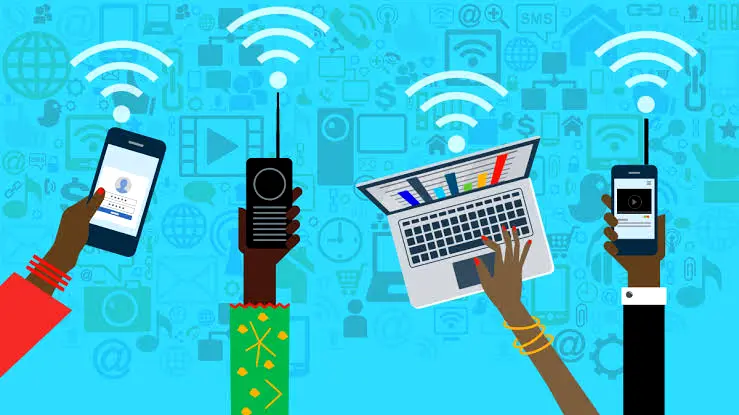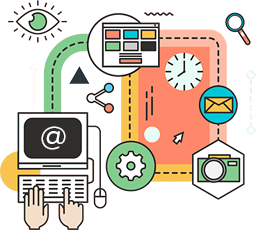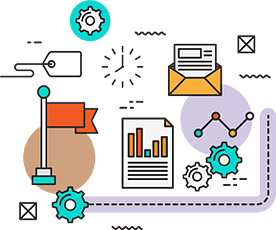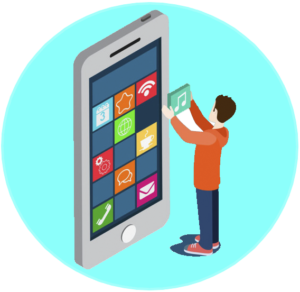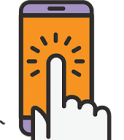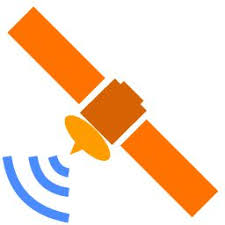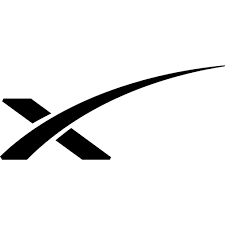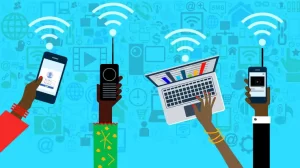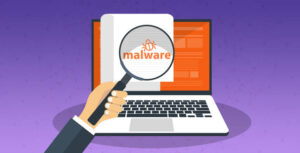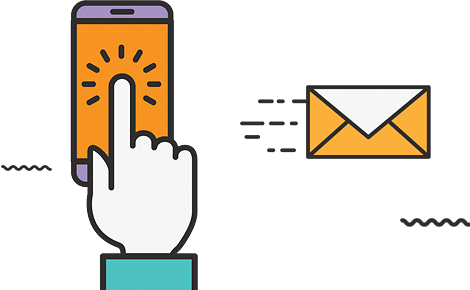
How Do You Know if Your Website Is Performing Well?
Any size business needs an online presence, so creating a website is a great way to build your brand, connect with clients both old and new, and expand your organization’s potential.
There is plenty that may be done to succeed, whether you need a promotional website or an eCommerce platform; yet, having a website alone won’t guarantee success.
What Not to Do…



